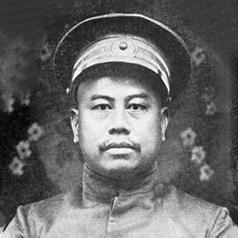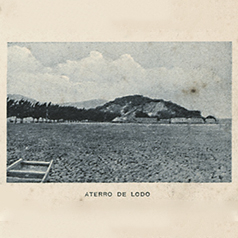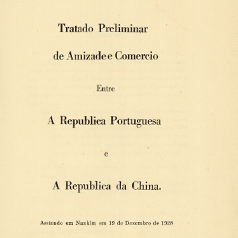
Macao during the Early Republican Period in China (1912–1937)
Macao during the Early Republican Period in China: an Overview
Macao (Macau) was trapped within the drastic political changes of Portugal and China from the 1910s to the 1930s. It was also caught at the Sino-Portuguese diplomatic controversy.
Macao during the Early Republican Period in China: an Overview
Macao (Macau) was trapped within the drastic political changes of Portugal and China from the 1910s to the 1930s. It was also caught at the Sino-Portuguese diplomatic controversy.
(1) A Rebel Base against Yuan Shikai and Long Jiguang
Yuan Shikai accelerated his power expansion during his presidency. After the suppression of the Second Revolution in 1913, Yuan appointed Long Jiguang as the Governor of Guangdong Province to further crack down on the revolutionaries. Some revolutionaries fled to Macao (Macau) where they planned their next rebellion.
(2) Macao’s Boundary Issue
The decades-spanning controversy over Macao’s (Macau) boundaries became a Sino-Portuguese diplomatic challenge despite multiple negotiations.
(3) The May 29th Incident
The anti-colonisation sentiment in Guangdong Province and Macao (Macau) climaxed with the May 29th Incident in Macao in 1922.
(4) The Canton-Hong Kong Strike and the Sino-Portuguese Friendship and Trade Treaty
The Canton-Hong Kong strike struck Macao’s (Macau) economy between 1925 and 1926. When the Sino-Portuguese Friendship and Trade Treaty was concluded in 1928, the Macao’s boundary issue was still unresolved. Meanwhile, the city was also affected by Portugal’s internal affairs.







